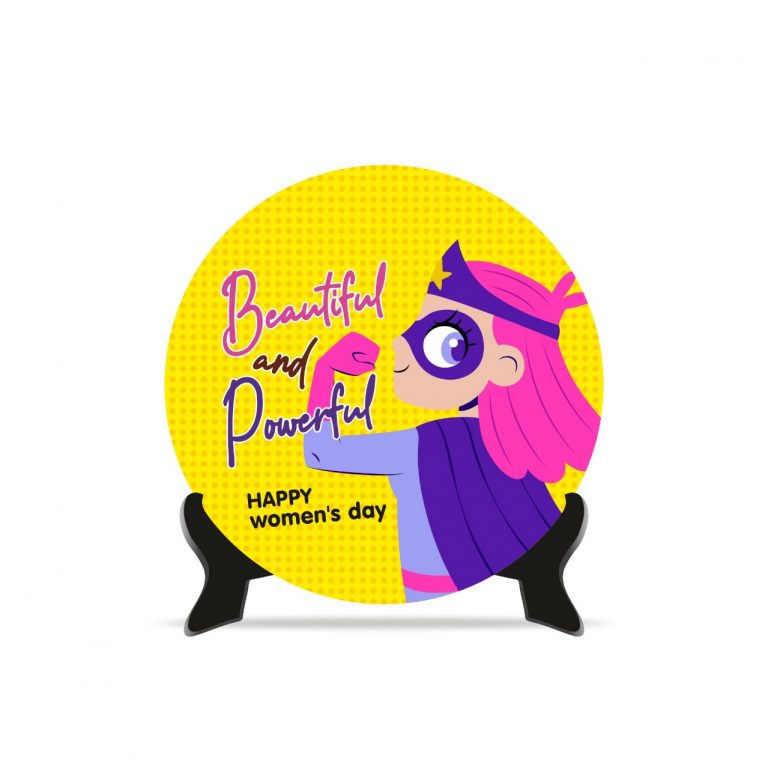Let me start with a little confession. A few years ago, I applied for a job at a company I really admired. Their website was polished, their values seemed aligned with mine, and they even had one of those quirky “Meet the Team” pages that made everyone look like your dream colleague.
But the application process?
Brutal.
I spent nearly an hour filling out a form that asked me to manually type in everything already on my resume. Then came the radio silence. Weeks went by – no update, no rejection, not even a “thanks for applying.” I followed up, twice. Nothing.
The whole experience left a bitter taste.
And guess what? Even though I’d once been their biggest fan, I never applied again. In fact, I even stopped recommending them to friends.
All because of the candidate experience.
Crazy how that works, right?
But it’s not just me. These days, your hiring process says everything about your company – and people are watching. Welcome to the era where candidate experience is the new cornerstone of employer branding.
Employer Branding Is No Longer Just a Marketing Thing
Let’s break it down.
For years, companies poured time and money into shaping how customers saw them – through ads, social media, and PR. That’s employer branding, right?
Well, not quite.
Employer branding isn’t just what your company says about itself. It’s what people – especially candidates – feel when they interact with you.
Think of it like dating. You can have the best profile picture and the wittiest bio, but if you ghost someone after a great first date… the illusion cracks.
It’s the same with job seekers.
If your hiring process is messy, cold, or slow, you’re sending a very clear message: we don’t care about people.
Even if that’s not what you meant to say.
Why Candidate Experience Matters More Than Ever
There are a few reasons why this shift is happening.
- Candidates Are Sharing Their Stories
Sites like Glassdoor and LinkedIn have given people a loudspeaker. A single bad experience can snowball into a brand-damaging thread seen by thousands.
- Competition for Talent Is Fierce
Especially in fields like healthcare and logistics, where skilled workers have options. If your nurse practitioner resume samples don’t lead to a responsive and human process, guess what? That candidate’s going to the clinic down the road that treated them better.
- First Impressions Stick
You don’t get a second chance at a first impression. The application and interview process is a candidate’s very first taste of your culture. If it’s chaotic, impersonal, or just plain slow? You’ve lost them.
- The Line Between ‘Candidate’ and ‘Customer’ Is Blurring
More than half of applicants are also current or potential customers. Treat them poorly, and it might cost more than a hire.
So, What Is a Good Candidate Experience?
It’s not just about being polite or fast. Though… those help.
A strong candidate experience is:
- Transparent – Clear timelines, expectations, and communication throughout
- Respectful – Valuing the candidate’s time and effort
- Personalized – Not robotic. Show them they’re more than a resume
- Consistent – Every touchpoint, from job post to final decision, reflects your values
And most importantly – honest.
Even if it’s a no, say it kindly. Say it clearly. And say it soon.
Real-Life Example: Warehouse Candidates Aren’t Robots Either
I worked with a hiring team once that needed to bring in 20 new warehouse workers in under a month. Speed was everything, and someone on the team suggested using a bulk rejection filter to automatically decline anyone without specific software experience.
But here’s the thing – we weren’t hiring software engineers. We were hiring for warehouse roles, many of which could be trained on-site. We were about to lose dozens of perfectly good people over a checkbox.
Instead, we reviewed a few of the warehouse resume examples that came in manually – and found some absolute gems. Hardworking folks with grit, loyalty, and real-world skills who just didn’t know how to “speak resume.”
We hired several of them.
Related Posts
That taught me something big: candidate experience isn’t just for white-collar roles or tech jobs. It matters everywhere.
Common Candidate Experience Mistakes (That We’ve All Made)
Nobody’s perfect, and I’ve definitely been part of clunky hiring processes. But let’s call out a few of the usual suspects:
- Ghosting – This is the big one. You’d be surprised how many companies still don’t send any response at all after an application. It’s like handing your resume into a black hole.
- Dragging It Out – If your process takes 6 rounds of interviews over 2 months, candidates get tired. Or worse – they accept other offers.
- Automated Everything – AI is great. But too much automation makes the process cold. If a candidate gets a rejection email two minutes after their final interview, something’s broken.
- Unclear Expectations – Whether it’s the job description, interview schedule, or compensation range – vagueness breeds mistrust.
- Ignoring Feedback – Candidates are giving you free data. If several people say your process is confusing or frustrating, believe them.
How to Create a Candidate Experience That Boosts Your Brand
Okay, so what can we actually do about all this?
Here’s a simple roadmap:
1. Audit Your Current Process
Walk through your own application process – like a mystery shopper. Is it easy to apply? Is the communication clear? Where are the friction points?
2. Respond to Everyone
Even if it’s a templated “no thank you,” people appreciate the closure. It’s the bare minimum of respect.
3. Communicate, Communicate, Communicate
Let candidates know what happens next, how long it’ll take, and who to contact. A simple follow-up email after an interview can work wonders.
4. Personalize Where It Matters
No need to handwrite letters. But addressing someone by name, referencing something from their resume, or offering specific feedback shows you care.
5. Train Your Team
Your interviewers are your brand. Make sure they know how to ask good questions, give a great impression, and follow up.
6. Make It Mobile-Friendly
Seriously. Most people are applying on their phones. If your careers page loads like it’s 2003, you’re losing applicants.
7. Ask for Feedback
After each process—ask candidates how it went. A short, anonymous survey can help you learn and adapt.
When Candidate Experience Goes Right
Let me share a quick win.
We once had a nurse practitioner apply for a tough-to-fill role. She said during the interview that the reason she chose us over another offer was simple:
“You respected my time.”
That hit hard.
We’d sent a clear schedule, stayed on time, followed up with a thank-you, and offered a decision within five days. No frills. Just basic human respect.
And that made all the difference.
Want more examples? Just take a peek at the nurse practitioner resume samples out there – you’ll see how much care and clarity go into representing that kind of role. Your process should match that level of thoughtfulness.
The Employer Brand You Build – One Candidate at a Time
Here’s the honest truth: your employer brand isn’t your mission statement. It’s not your Instagram feed.
It’s how you make people feel.
And the candidate experience? That’s the front door.
If it’s warm, thoughtful, and efficient – you attract better talent, earn loyalty, and build a reputation that does your recruiting for you.
If it’s cold, clunky, or silent… well, people talk. And in the age of screenshots and reviews, their words stick.
A Final Thought
I’ll say it one more time: your candidates aren’t just resumes. They’re people.
People with jobs, kids, dreams, bills, and busy lives. People who are trusting you with their time and hope.
And when you treat them well – even if you don’t hire them – you’re building something real. Something lasting.
Because the best employer brands aren’t built in boardrooms.
They’re built one good experience at a time.










